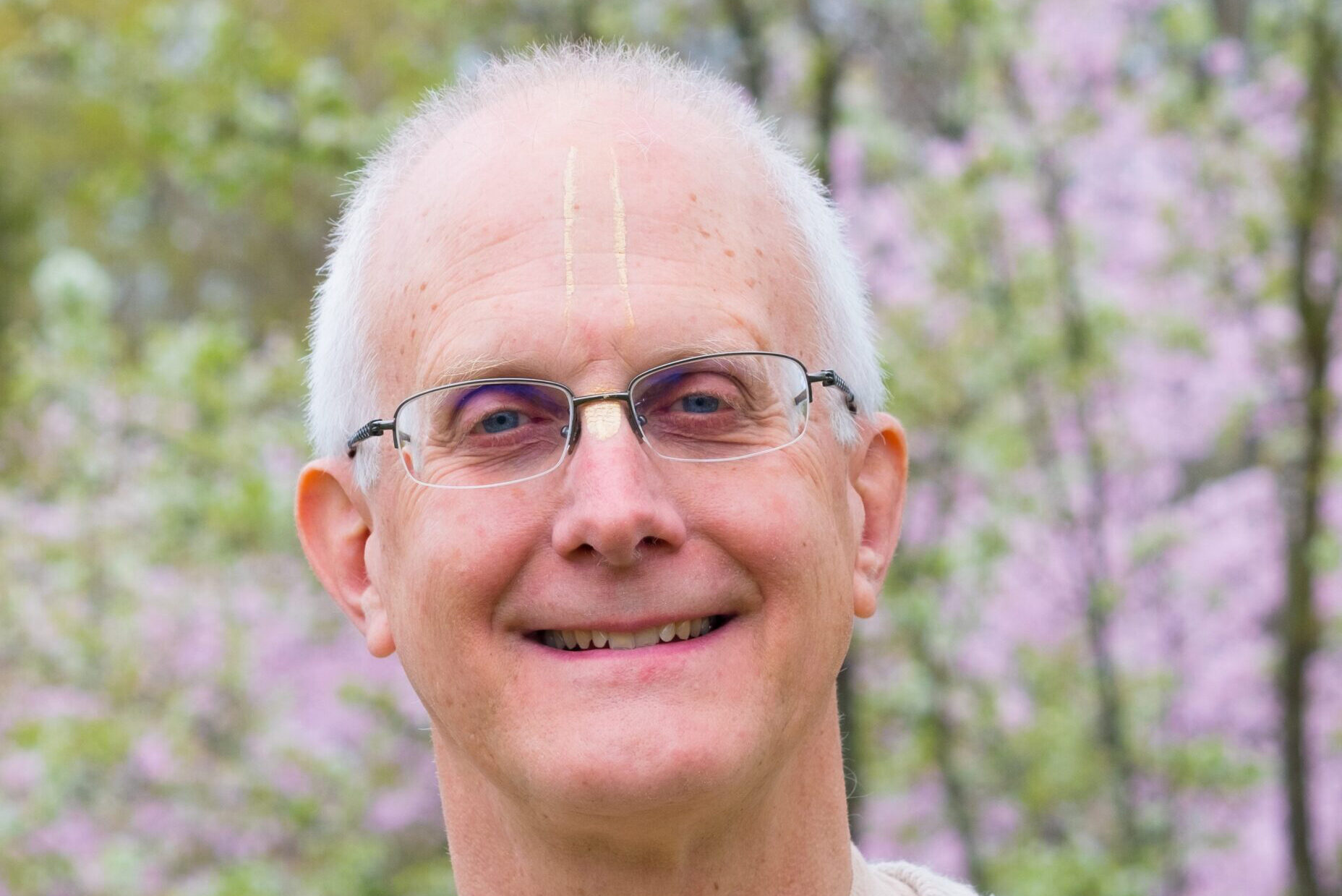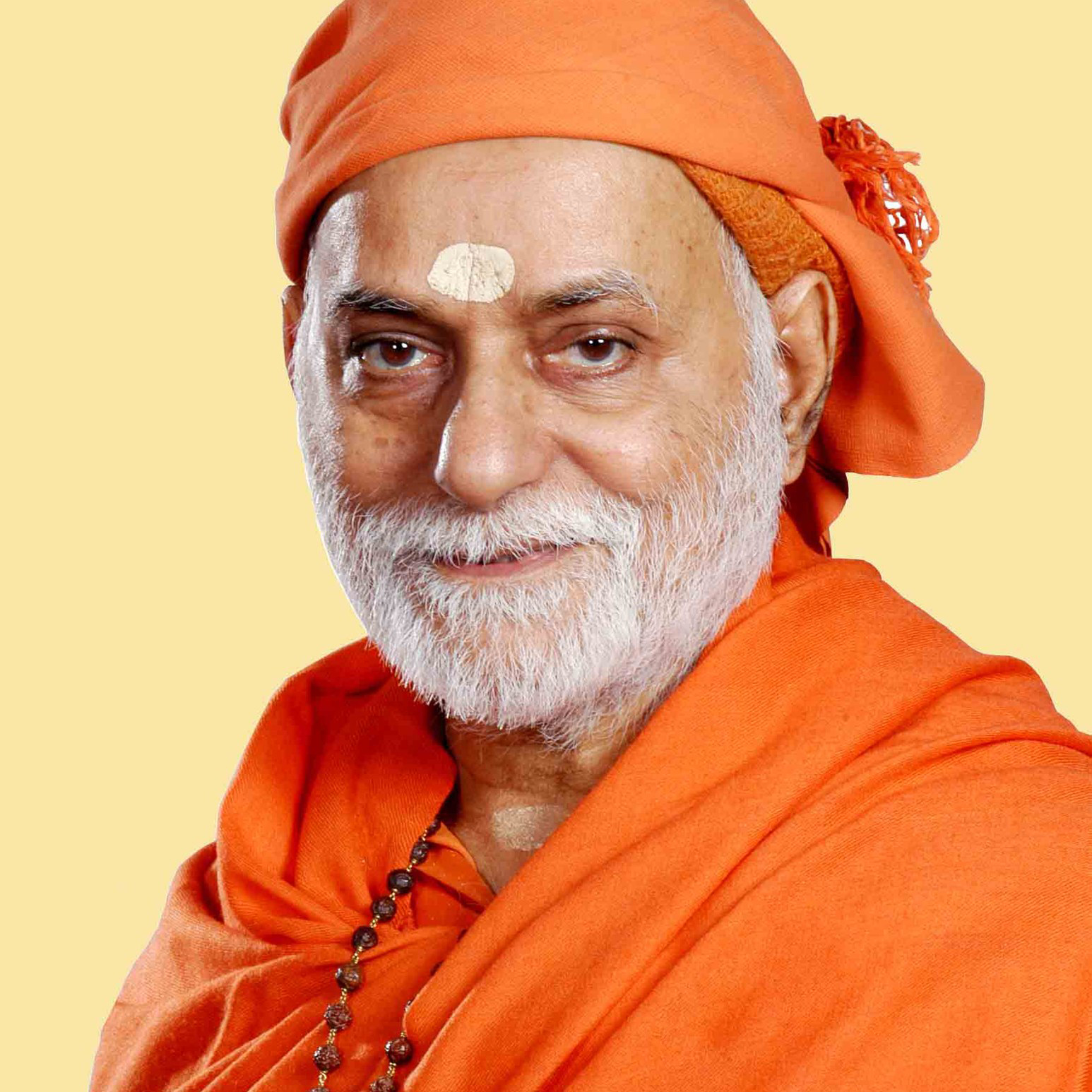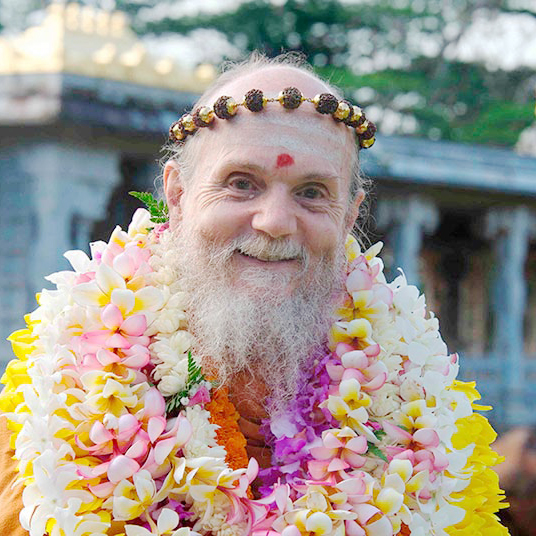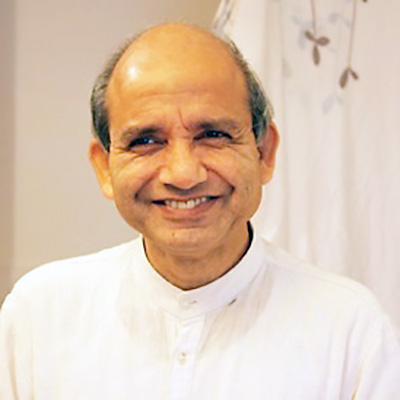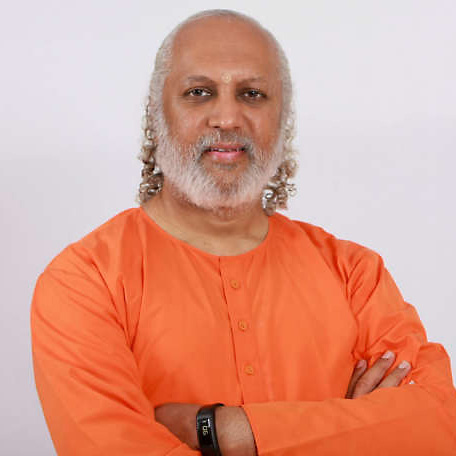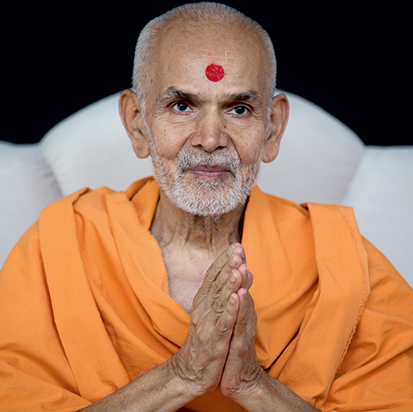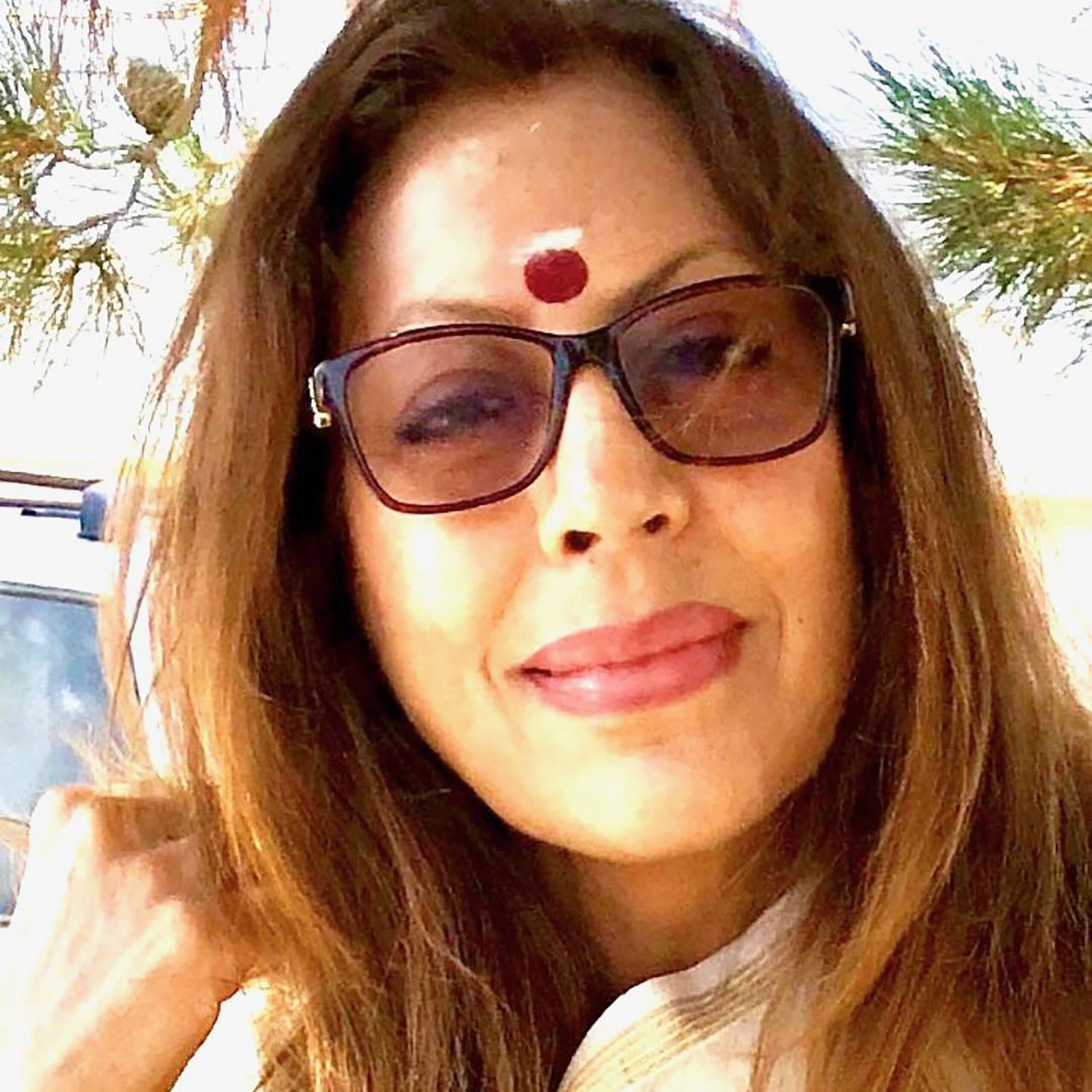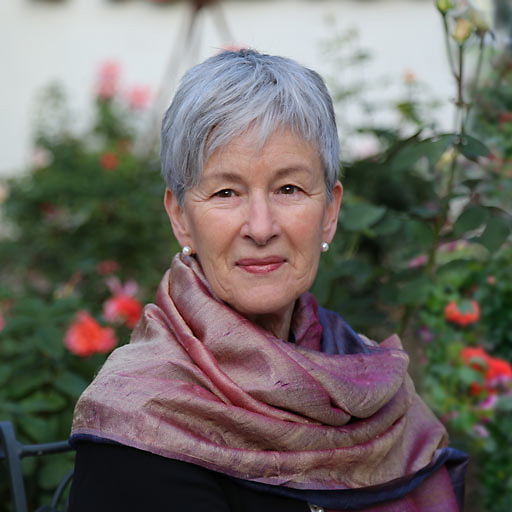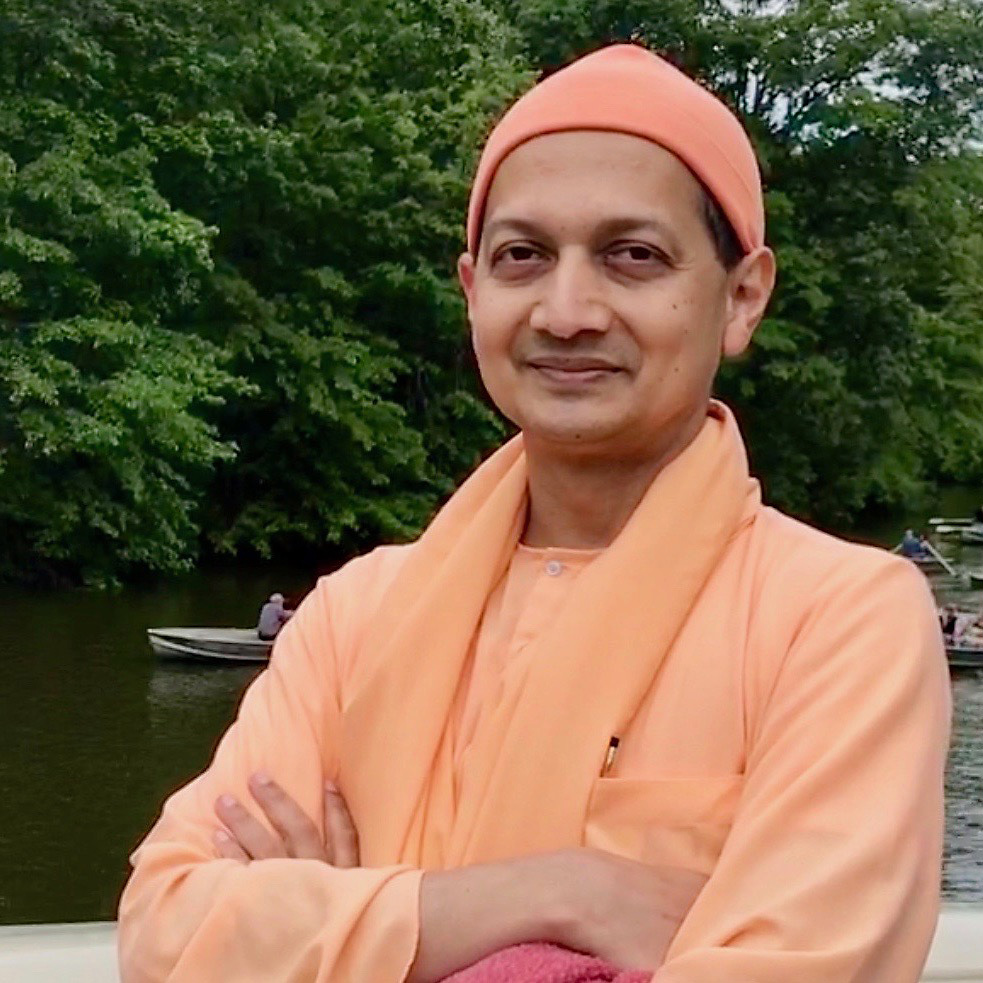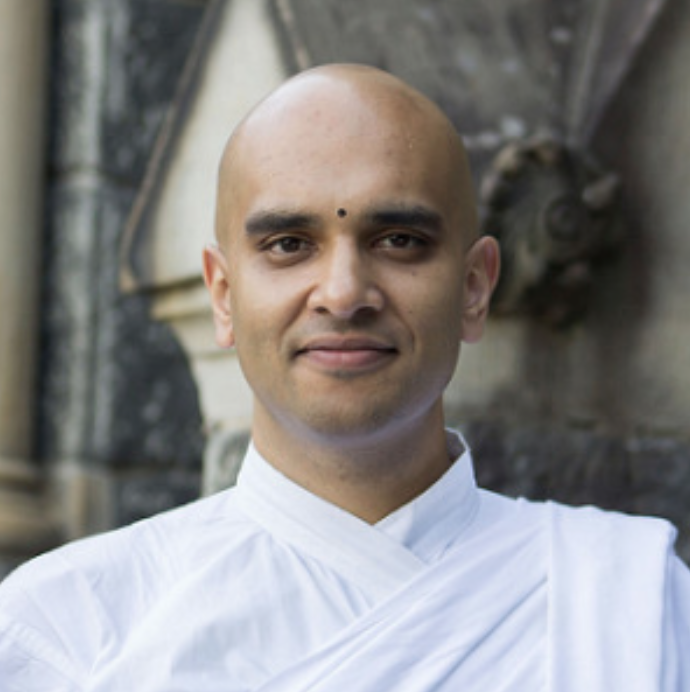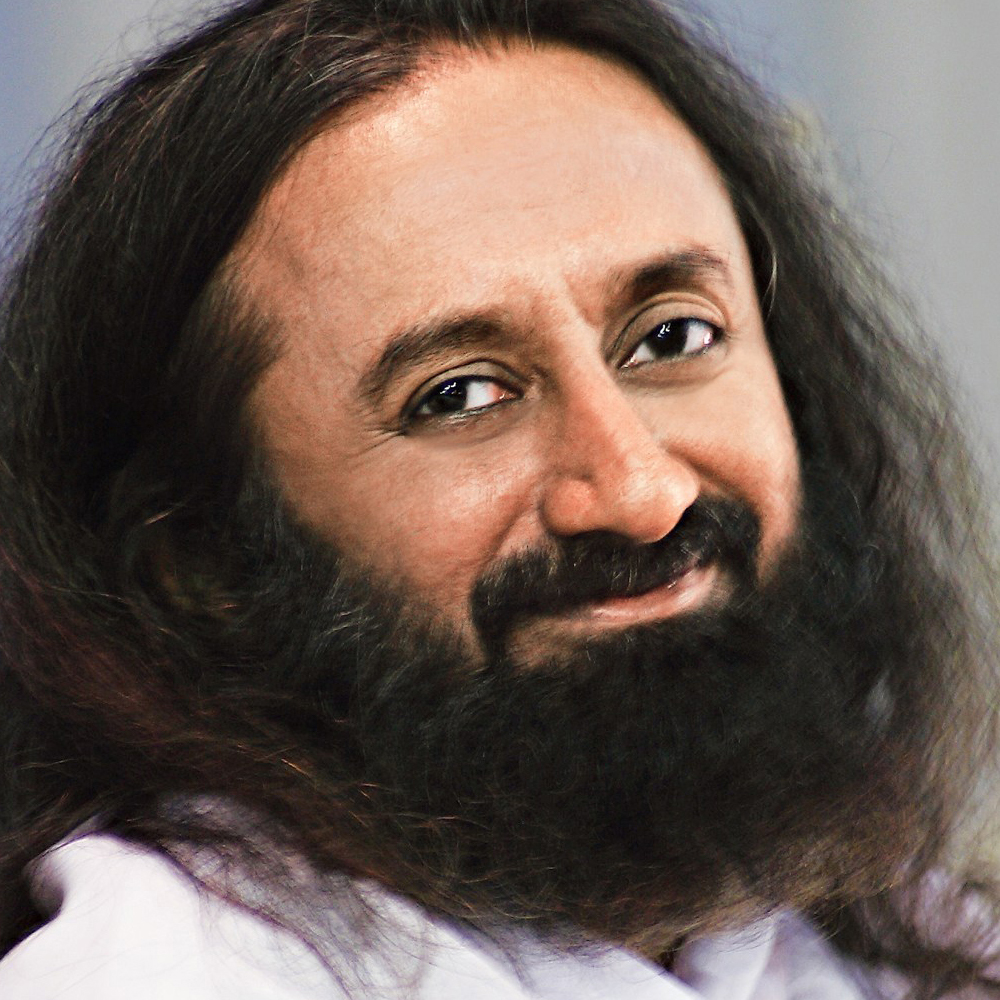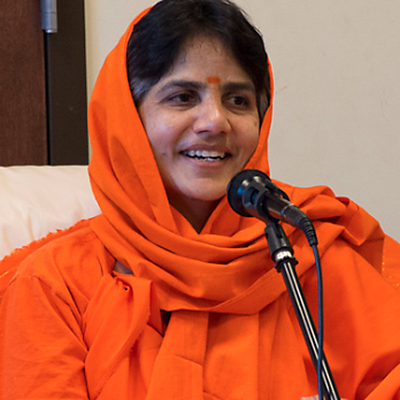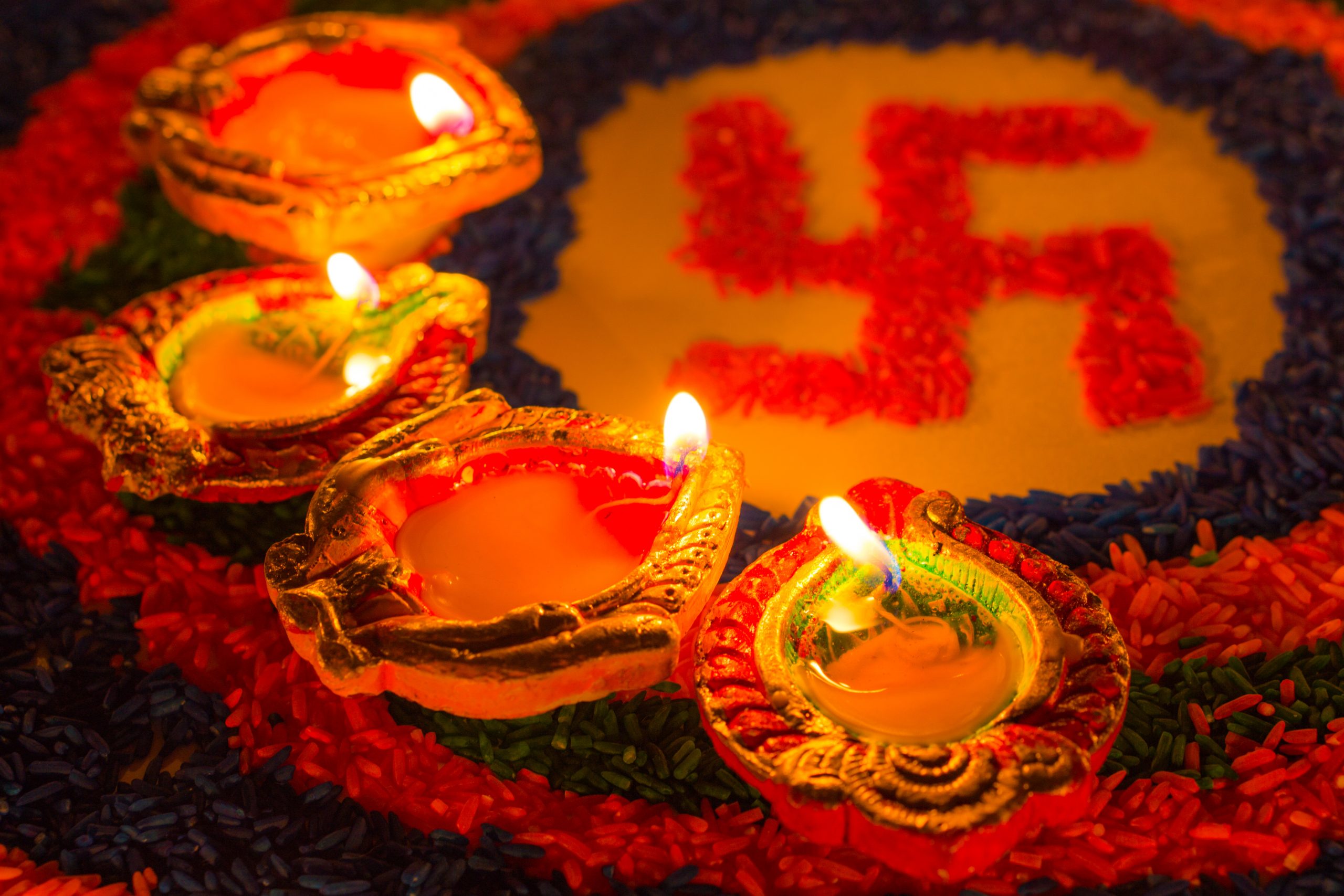Hinduism, as we know, is very diverse. It has a huge range of philosophical points of view, but oneness is a theme that runs through all these philosophical points of view in very interestingly different ways.
On the face of it, there’s so much diversity and difference in the world that we experience. Oneness is not obvious. To find oneness, we have to investigate. So when we investigate, we find oneness and that oneness is treated in Hinduism from different points of view, in different schools.
Advaita Vedanta has perhaps the ultimate level of oneness. But there’s also Vishishtadvaita, there is also Dvaita Vedanta, and many other schools.
In Advaita Vedanta, we regard the differences that we see in the world as appearances, as not ultimately true. You see, the experience of difference cannot be negated and need not be negated. The problems that difference creates, the problems of otherness, they are overcome by a spiritual insight into oneness.
How is this done in Advaita Vedanta? First of all, there is the difference between two different kinds of things or beings. This is called vijāti bheda. So a dog and a cat, a mouse and a dolphin, or maybe a planet and a proton, may be different. They are different kinds of things. Or it could be vastly different — a cup and say the number 10, these are widely different kinds of things.
There is another kind of difference, which is called sanjāti bheda, or differences within the same kind. So maybe two dogs or two cats. They are the same kind, but they are different.
And then there is swāgat bheda, that is difference within one entity or internal difference, like this body, for example. There’s a difference between the different parts of the body, hands and feet, head and tummy, and so on.
Now this is the conceptual framework with which I’ll discuss oneness in Indian thought. So we have three kinds of difference: 1) difference within one entity; 2) difference between two entities of the same kind, and; 3) difference between different kinds of entities.
Advaita Vedanta negates all of them. It says, ultimately, there is only one reality and there is no second reality apart from it. So there are no other kinds of realities. There’s only one reality, which is called Brahman or Pure Being, Pure Consciousness. That’s the only reality that is. And there’s nothing, no secondary reality apart from it. That’s why it’s called a non-dual. No second. There’s also not two kinds of the same Reality.
Are there two or three Brahmans, for example? No. There’s only one Brahman.
And within Brahman, are there differences? Are there parts of Brahman, for example? No. There are no parts of Brahman. It is one and indivisible.
So Brahman, to use the technical term, is swāgat vijāti bheda adhera, devoid of all kinds of differences. It is one homogeneous Reality without a second. This is the Advaitic perspective. And the best part of it is you are that Ultimate Reality. So the Upanishads tell us that Aham Brahmāsmi or I am Brahman, this very self is Brahman. The consciousness we feel within ourselves is the Ultimate Reality, all discoverable upon investigation, a spiritual investigation with the help of spiritual sadhana. So this is the ultimate perspective on oneness.
All of us are not only similar; we are not only brothers and sisters, we are literally one entity and not even parts — literally one Ultimate Reality, appearing as with so much difference.
So now one might ask, how do you come to this conclusion? In Advaita Vedanta, to put it very briefly, we come to this conclusion through 1) the sacred texts, that is the Upanishads; 2) through reasoning and; 3) through experience.
Chandogya Upanishad 621, for example, says, “My dear child, there is only one reality of Pure Being. One alone, without a second.” There are many, many, many such texts. Notice what it means is then. Ultimately speaking, in reality right now, right here, not in some future, not in some utopia or heaven, but right here, right now, it is always the truth that we are all not only just equal, we are, ultimately speaking, one reality. There’s absolute oneness in all living beings. You don’t have to be a Hindu for that. You don’t have to be a man or a woman. Whatever your gender, whatever your community or background, whatever your religion, whatever your species, you don’t even have to be a living thing for that. Any entity in the universe is in reality. That one absolute reality.
There is also a lot of logical argumentation about it. For example, one question would be, if clearly there is tremendous diversity, how do you see it’s all one? The reasoning goes like this — these are examples from the Upanishads. You might have a variety of ornaments and they’re golden ornaments. They are literally the same substance, gold. There are a variety of iron implements, a nail cutter, or maybe a hammer or something like that. But they’re all iron. So in that sense, the reality of all of them is one, they’re different only in name, form, and function. So if you say it works for gold, or it works for iron and implements, or it works for water and waves, but what is it in this reality? And if you knew that, you would be enlightened, of course. But I can let you into the secret. The reality here is Existence itself, or Consciousness itself. Pure Being, Pure Consciousness. And there are a lot of intricate arguments in Advaita Vedanta, which have been attacked by its opponents within Hinduism or from Buddhist perspectives. Over a thousand years of dialectics, there’s a lot of reasoning behind it.
And the final means to realize this truth is experience. So those who have practiced and investigated this truth, it finally becomes a living reality for them. That there is one reality at the heart, there is oneness at the heart of all this diversity.
There can be other grades of oneness also. So the Vishishtadvaitic perspective would be yes, there is no other reality, apart from that ultimate Brahman. So sanjāti bheda is rejected. There’s nothing apart from that Ultimate Reality, Brahman. Even vijāti bheda is rejected in that there’s nothing apart from that Ultimate Reality. There are no two ultimate realities or three ultimate realities, there’s only one.
But in Vishishtadvaita, in that one Ultimate Reality, there is difference. So there are sentient beings or jiva and there’s nonliving matter or ajiva, and there is the Ultimate Reality Brahman. So they say Asesha Chit-Achit Prakāram Brahmaikameva Tatvam, that Ultimate Reality is qualified by sentient and insentient beings. So we, for example, are sentient parts of Brahman, you notice parts have been introduced now. In Advaita, no parts. And the table and the chair are insentient parts of Brahman. And Brahman is the whole, It’s an organic unity.
If you go further to Dvaita Vedanta, dualistic Vedanta, again, there are multiple schools of Dvaita Vedanta. They all had their own take and they all insist on oneness, but in different senses. So for example, in Dvaita Vedanta there is an Ultimate Reality, Brahman, the same Ultimate Reality. The world and we are different from it, but we are all under the sway and the dominion of the One. We are all, literally let us say, one as a child, as the children of one Ultimate Reality, of one God. So these are the senses in which a oneness is found in Hinduism, in Hindu thought.




